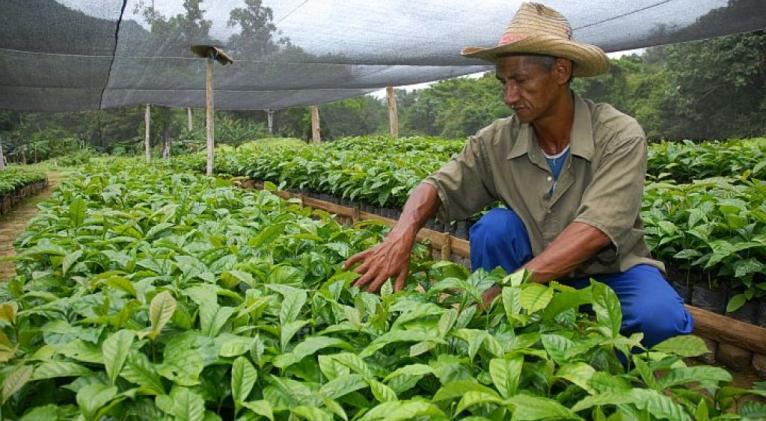Cuba relaxes agriculture rules to boost output

Cuba issued regulations on Tuesday to offer farmers who lease state-owned idle land better terms and more land to boost agricultural output.
According to Law 358/18, farmers can lease up to 26.8 hectares, twice the previous quota, and for cattle ranchers, the number is 67 hectares, under the condition that they also produce animal feed.
It is easier to apply techniques designed to increase yields over larger parcels of land, said Orlando Diaz, legal director of the Agriculture Ministry.
Lengths of leases double to 20 years. Farmers can apply for similarly long extensions, which allow farming operations to be passed on from one generation to the next.

"These measures aim to encourage the stability of the work staff in the field and the settlement of families," said Diaz.
Farmers will be able to build houses and other facilities on up to 3 percent of the leased land, compared with the previous limit of 1 percent.
"Certain activities, such as tobacco and livestock, require a larger number of facilities," said Diaz.
"The new modifications are based on prior experience, the application of previous regulations, and the demands of farmers across the country," said Eddy Soca, director of land control of the Agriculture Ministry.
By law, the leased land continues to be "non-transferable government property" that must be managed "in person" by the holder of the lease to prevent the existence of "frontmen" and concentration of wealth.
Finance must come from transparent sources. "The contract is cancelled if it is proven that the funds come from money laundering, corruption and other illegal sources," according to the regulations.
The new rules will take effect in 60 days.
The Cuban government has leased over 2.1 million hectares of idle land to some 244,000 farmers over the last decade and, according to the Agriculture Ministry, another 472,000 hectares are still available.
One big problem that has plagued Cuban agriculture for decades is the migration from the countryside to the city for better jobs. To counter this trend and spur coffee production, Cuba launched a development program for mountainous regions, known as Plan Turquino, in 1987.
The Caribbean island country faces other problems with its agriculture, including long droughts as well as a lack of fertilizers and modern technology.
Cuba imports about 2 billion US dollars of food each year to meet domestic demand.













Add new comment